Field Review: Retra Reflector by Mike Bartick
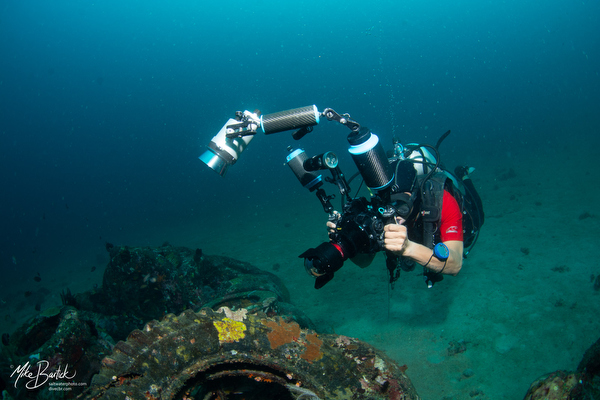
I love all gadgets, especially underwater photography gadgets, and even more so when they work!
When most things are shut down, the engineers at Retra have been hard at work accessorizing their strobes and developing tools to make them perform at an even higher level. Their most recent innovation, the “Reflector,” not only works but compliments the strobe with form and function.
Imagine having a device that boosts your strobe flash’s output without the need to turn up the power. Having had the good fortune of being on the shortlist of testers, I’ve been in the water for the last few days, mixing it up by using one of these, and I must say, I’m having some fun!
In the lab, the Reflector reportedly increased exposures by one full stop, which is a fancy way of saying it doubles the light. However, the real test is to take it underwater and pit the lab tests against actual world underwater tests. I’m using several different lenses to do this and variable scenarios to feel for its strength and functionality.
Mechanically, it’s a simple idea. The Reflector is crafted from a single piece of machined aluminum and treated with a special reflective coating that guards against corrosion. It won’t scratch; it’s easy to snap onto the strobe head and won’t fall off during a dive. It isn’t flimsy, and like their strobes and snoots, it’s built to last.
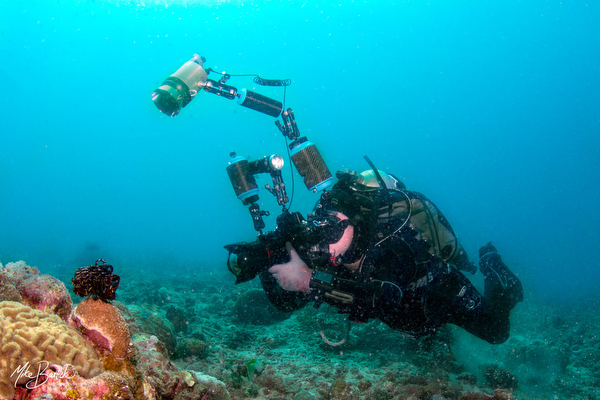
Function overview:
The three main things that I noticed right away when using the Reflector was the boost of light, the angle of coverage, and the beam throw. These three components are easy to manage to add an extra touch of control over the image-making process.
The boost: As promised, the light is boosted from approx. 2/3rds to a full stop. This means shooting at a lower power, which equates to less demand on the batteries and faster recycling times.
Angle of coverage: Surprisingly, while the beam angle is narrower, the strobe still maintains excellent coverage, making it perfectly suited for macro, wide, and close focus-wide angle techniques. The edge of the beam is moderately diffused, which also helps the light to blend more naturally.
Beam throw: In terms of strength and the distance that you’re shooting your subject from, the throw is also significant. Color temps are stable, and exposure is very natural. I’m anticipating using my 105 for behavior and shooting fish like flasher wrasse that requires distance.
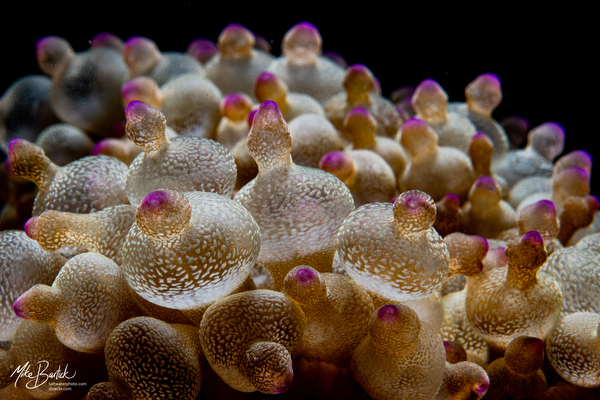
One of my concerns before using the Reflector was hot spots, overexposed high points, and unnatural patterns of the light cast, but none of that came into play. The light quality is rich with natural contrast and is easy to manipulate for wide angle and macro, and although the beam spread is slightly decreased, it is still greater than I had anticipated.
Proof of concept images all using the Reflector on the Retra Pro. I’m shooting a Nikon D850 using a 60mm lens with a flip-down 22mm wide angle conversion lens for the 22mm shots.
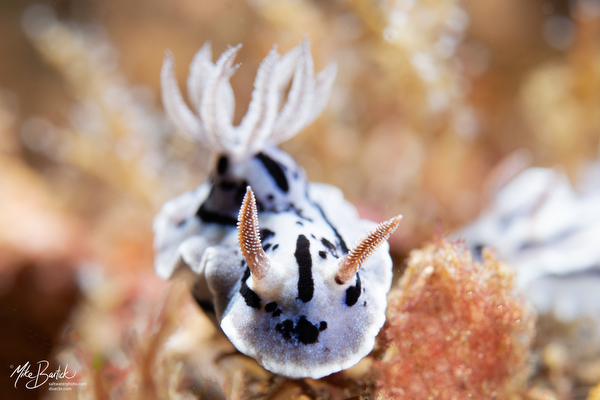
Field test
We set out to find something to shoot, and it wasn’t long before we were on to a couple of large octopuses. At first, it was shy, moving across the substrate and heading for a nearby rock pile. I shot as I followed from a distance trying not to stress it. I nearly hit the delete button until I examined the images closely and realized that they would be helpful as a visual demonstration.
Proof of concept
Wide Angle
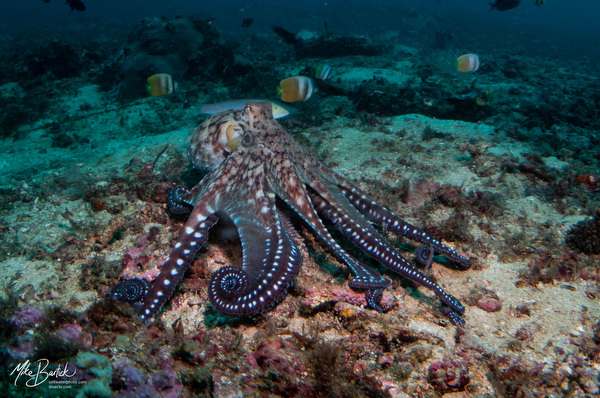
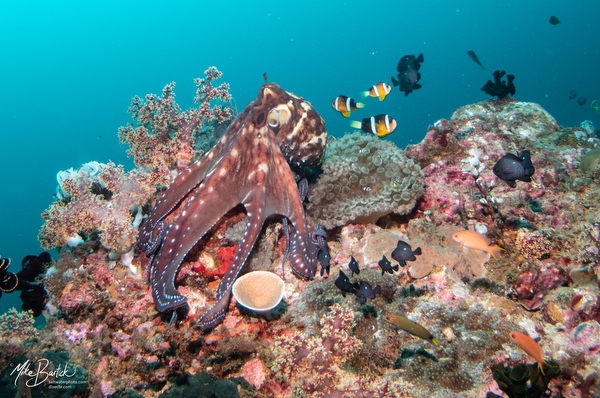
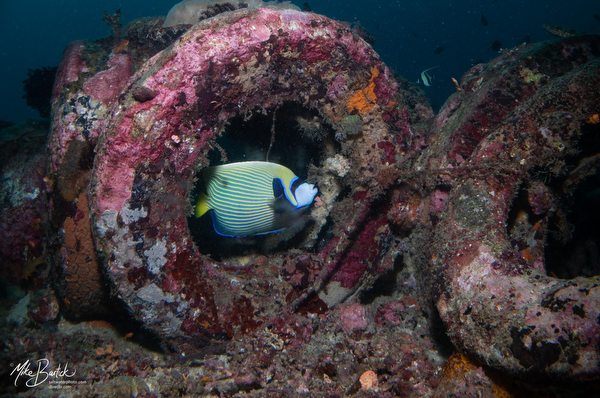
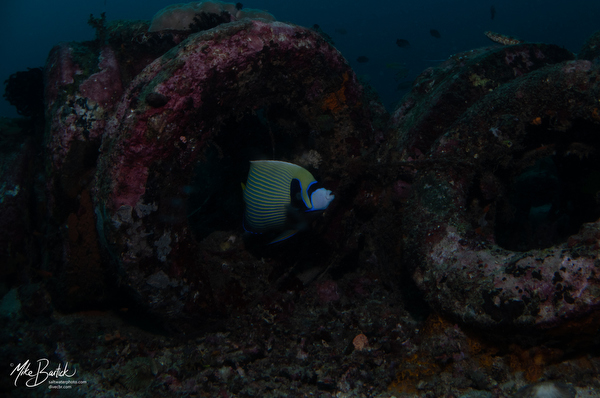
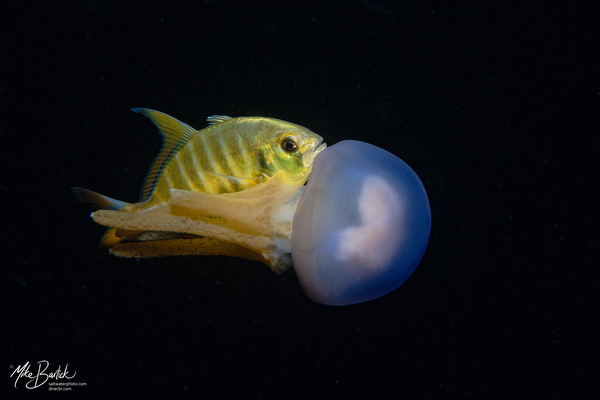
Macro:
I love macro work, and using the Reflector with the 105mm shows off what can be achieved by using the edge of the light created by the reflector edge at close working distances.
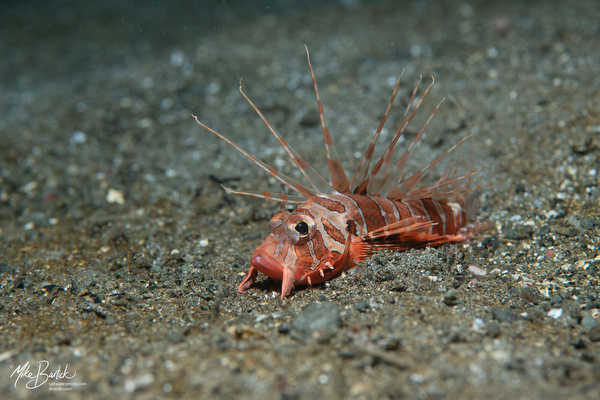
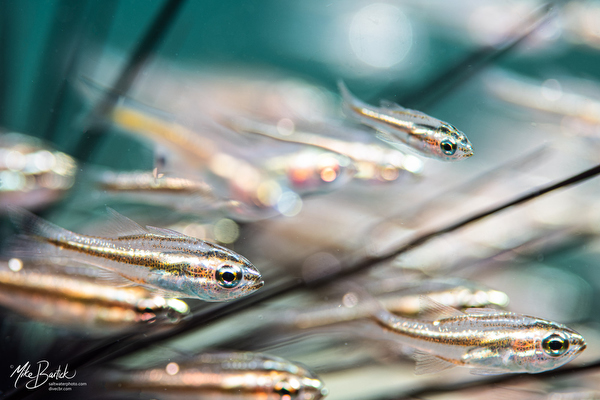
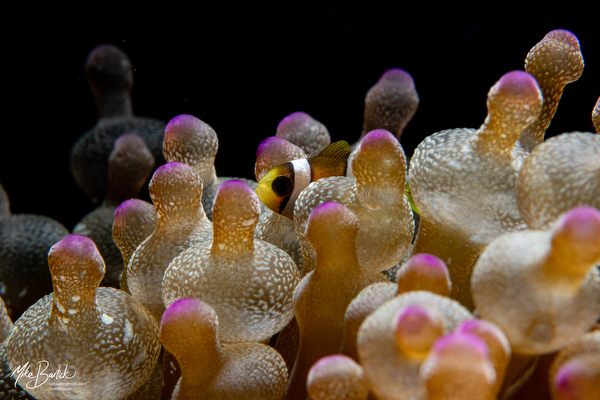
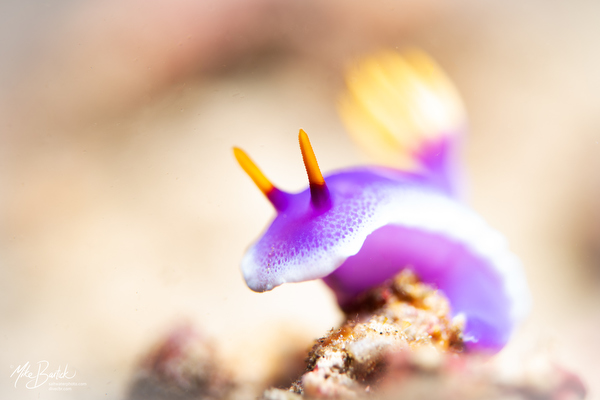
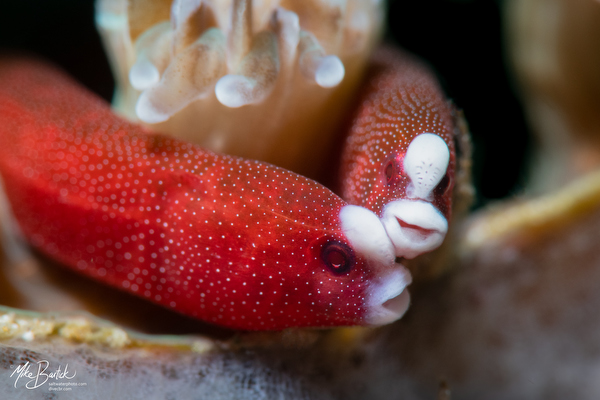
Conclusion:
After a few days of use, I’ve found that using the Reflector added a dimension to shooting beyond what I had expected. It is fun to use and perfectly suited for all-around use, including macro, wide angle, close focus wide angle, and oh yeah, blackwater!
I’m hoping to get a second one of these for my other strobe to test in kelp and different turbid environments that further demand accurate lighting.
But my biggest surprise came in the ability to shoot at lower powers while maintaining exposure values when using this simple device. This, coupled with the supercharger and extra batteries, on-board equaled not worrying about battery power for an entire day of diving (500+ exposures).
With the added boost of light, the ability to shoot at lower powers, and virtually no recycle time on power selections of up to 75%, the Retra strobe reflector is a device that will enhance your shooting experience.
Availability:
The Retra Reflector is available to order now from Retra priced at €99, with shipping expected to be in late October.
Notes:
I was not paid for this review, and the findings are true and accurate. The images are not edited for exposures, and I’m happy to further share my conclusions with anyone who wants to inquire.
In addition to using the Reflector, I also used the Supercharger battery compartment. The batteries used are standard genuine Eneloop red batteries.